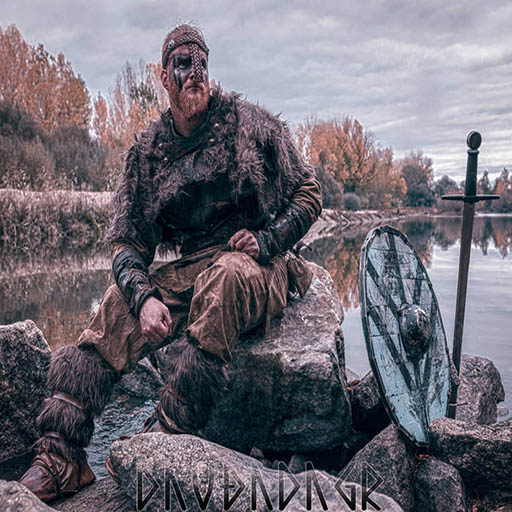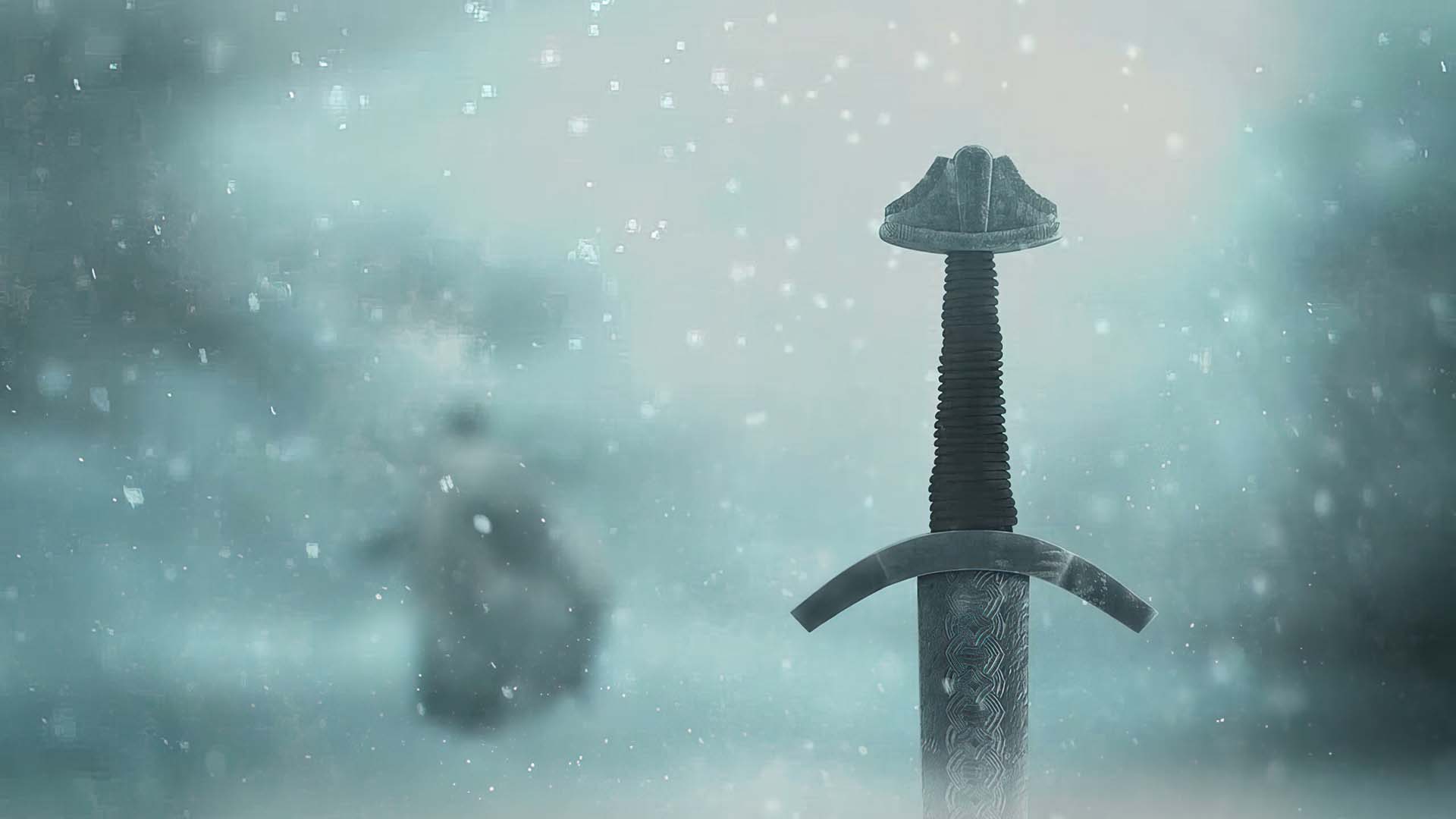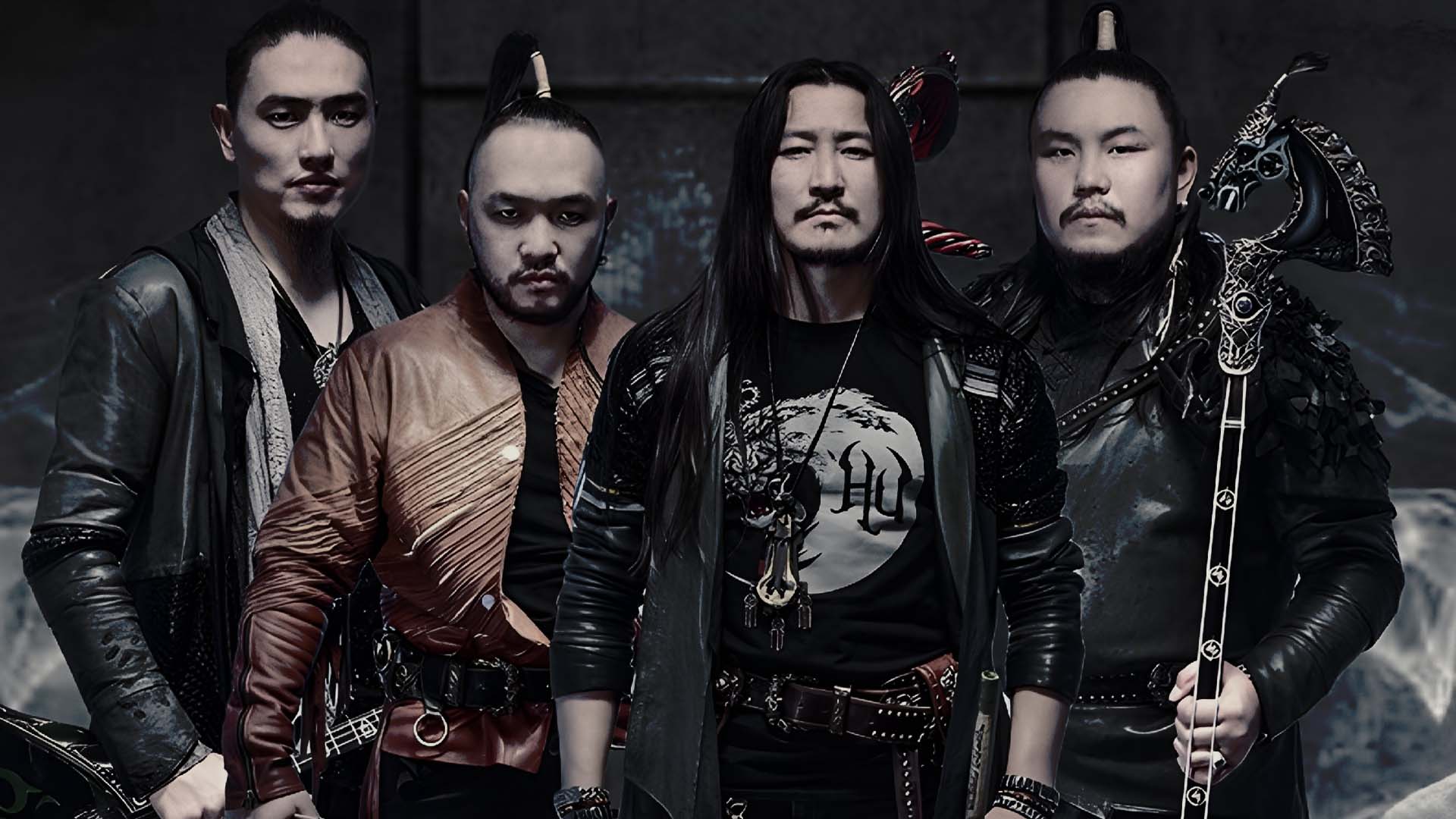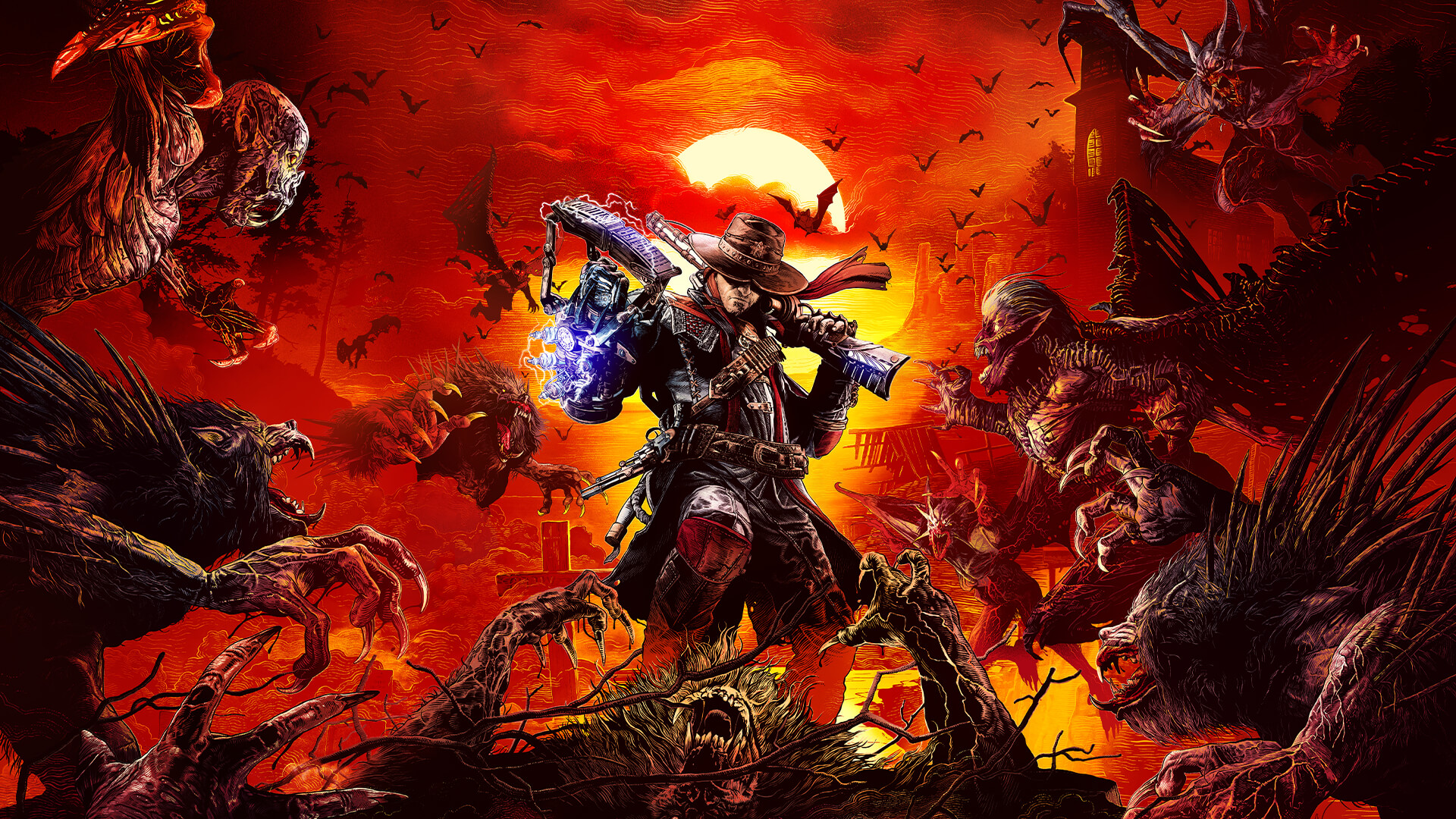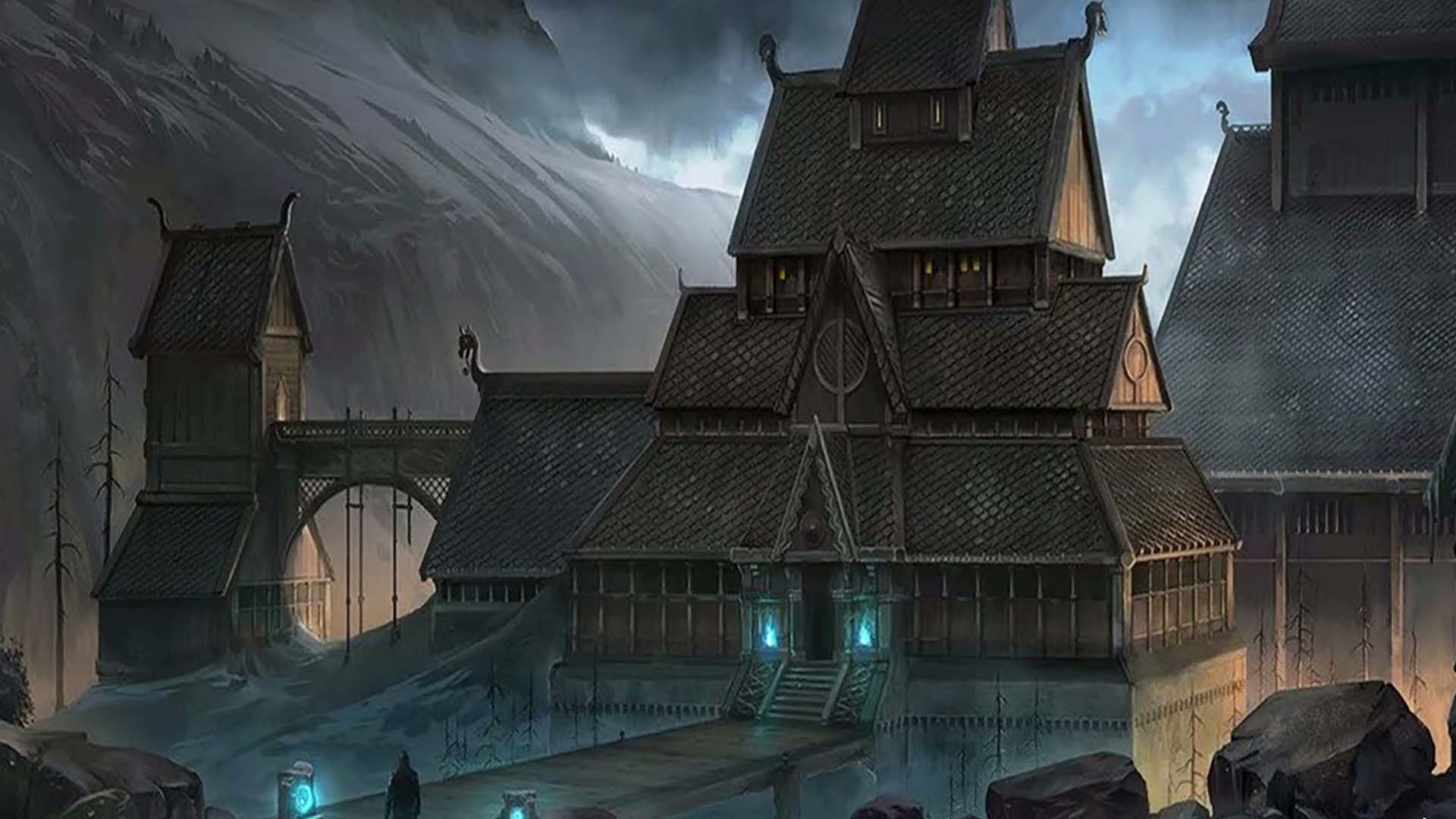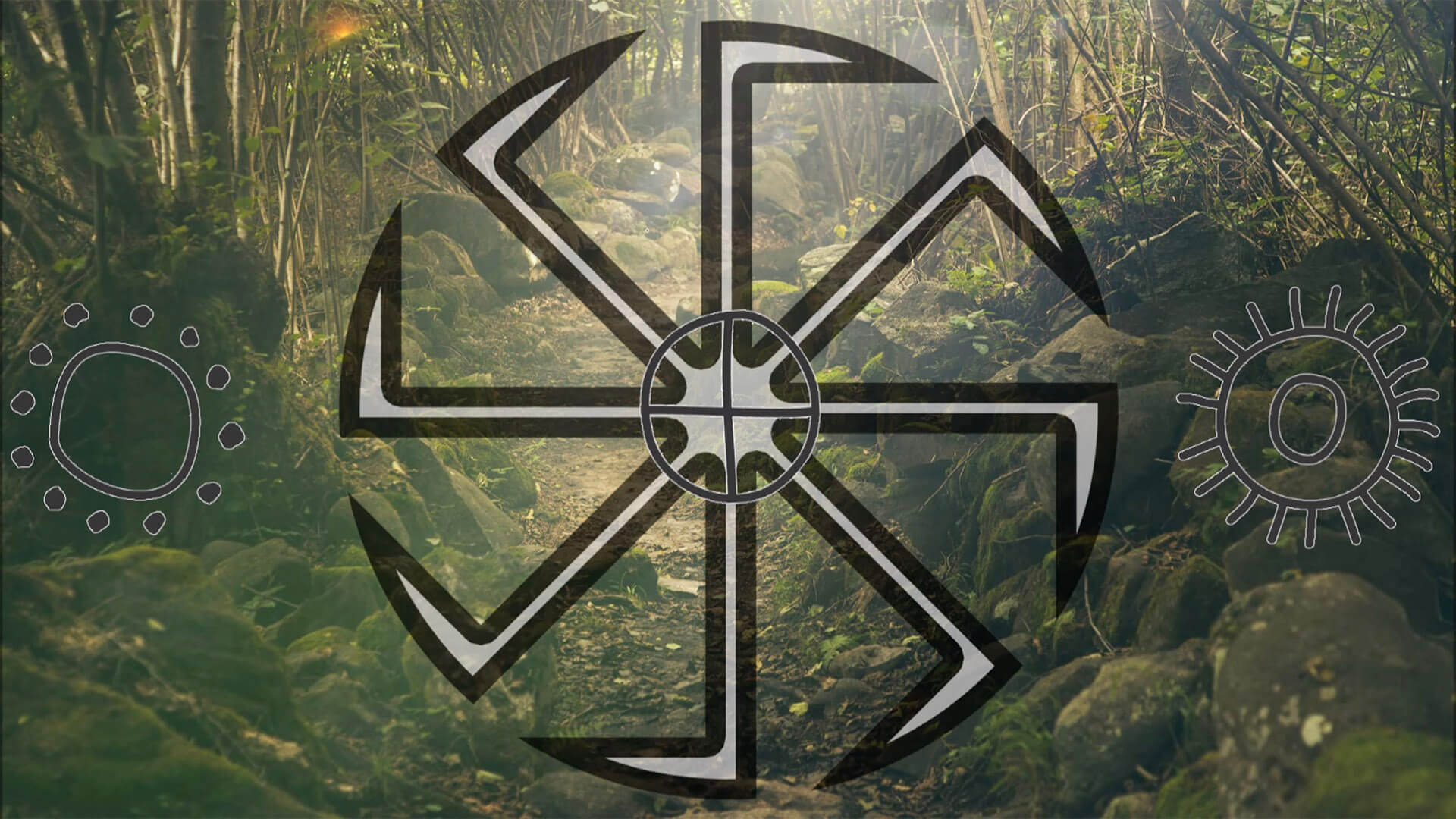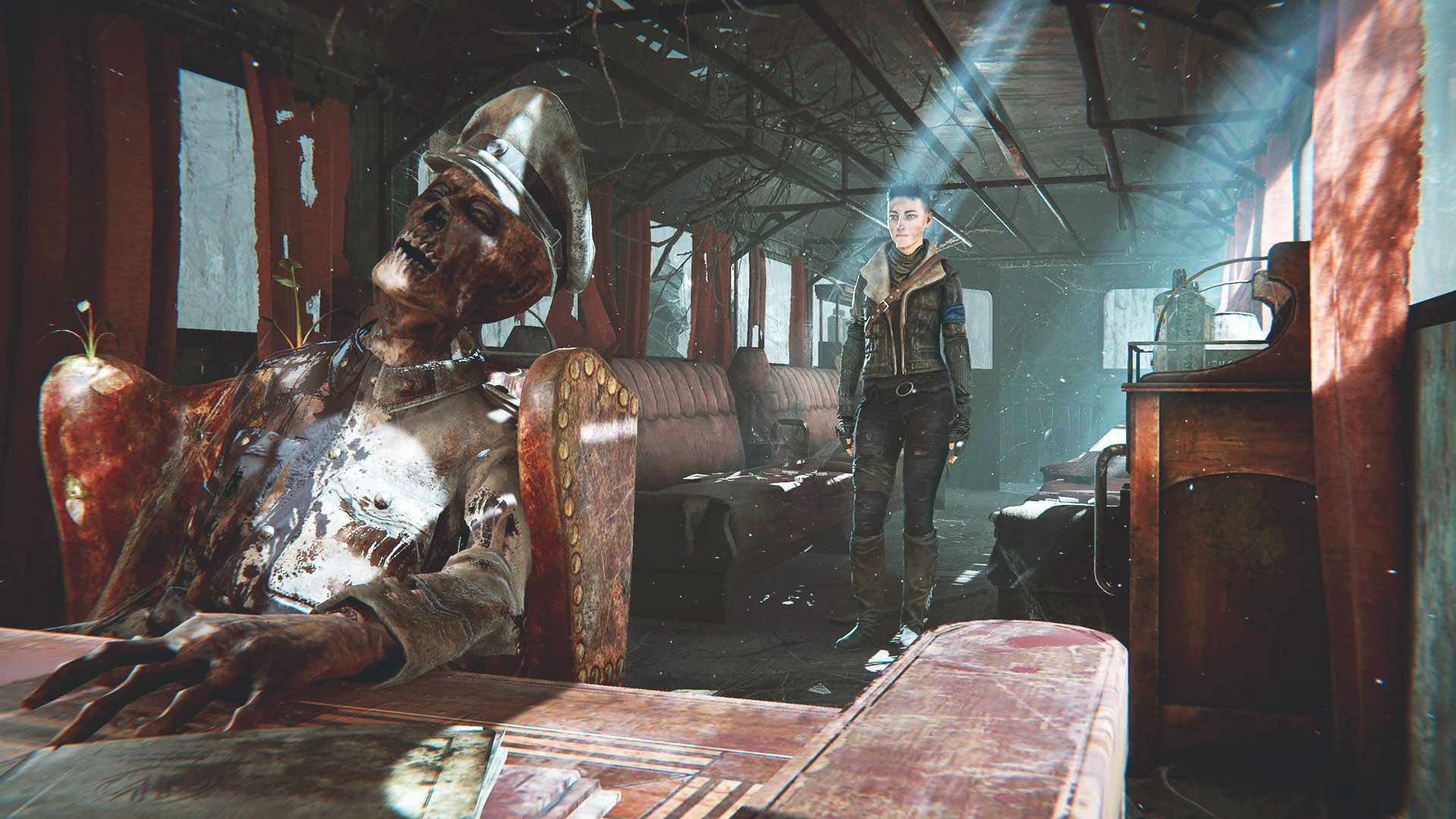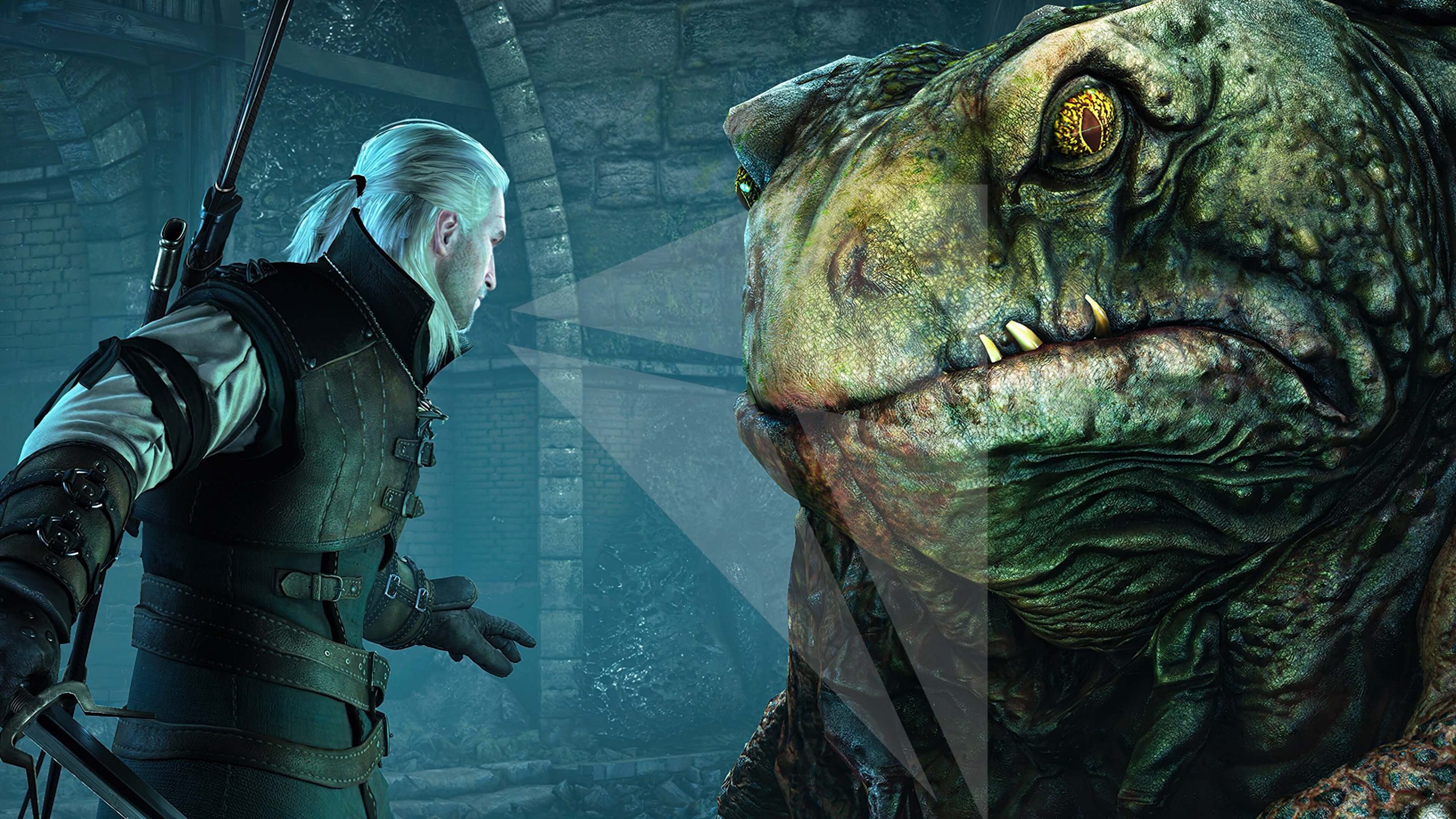November 12, 2021 — Ever prolific, British one-man neofolk project Herknungr (a customized, “artistic license” Old Norse spelling for “warrior king”) has released four albums in 2021 alone. In doing so, Herknungr has been able to explore myriad tones and facets of his Nordic-inspired soundscapes.
“Considering the British heritage of the folk project, a fusion of medieval “Anglo-Saxon” folk and ‘invasive’ Norse elements provides an enormous narrative potential for Herknungr in the future.”
Dauðadagr standing as the furthest point of evolution from 2021’s first release by the artist, AC: Valhalla Ambience, Vol. 1 which, as its title suggests, explored the applications of traditional Norse instruments against ambient sounds (children playing, the crackling of fires, the howl of winds; as though plunging the listener into the scenes Herknungr tries to replicate). Of course, the question is, with so much output in such a short span, how does this latest release, Dauðadagr which roughly translates to “Dead Days” in Old Norse, fare creatively and thematically?
War footing
Where Herknungr’s previous 2021 releases were inspired by everyday life in medieval Nordic culture and shamanic rituals, Dauðadagr instead draws upon the forces of death and war as its thematic through-link. The world of Nordic folk often relies on a combination of curiosity and imagination to shape its compositions and in this Herknungr has proven to be no slouch; Dauðadagr thrives on taking lessons from earlier releases — particularly the incorporation of ambient sounds like fires and splashing water — to flesh out its musical narrative and create a sense of fidelity to the world it portrays.
Warrior’s march
The heart of Dauðadagr is in its applications of percussion. The trudging footsteps of opening track ‘Intro’ provide a very real and tangible first point for the record, setting us off on a journey whose pace often matches the mood Herknungr wants to explore. Whether this is the near-tribal drum patterns of title-track ‘Dauðadagr’, more ritualistic experimentation in ‘Algiz’ or the powerful strides of ‘Chauken’ that feel as though they are powering a boat through water, the album’s sonic journey feels as though it is imbued with a physicality that suggests literal distance being crossed over its run-time.
Dying embers of the seasons
Coming as it does in the dead of Autumn, Dauðadagr offers a sense of mournfulness in its stringed and wind instruments that perfectly complement the dying of the light. Songs like ‘Lif’ exist on the peripheries of tangibility, near symphonic swells just out of earshot denoting a sense of grandeur and epic scale that truly utilizes the excellent production Herknungr achieves throughout.
The Good
- Herknungr has a mastery over the audio production which includes a sense of fidelity in the recording that truly makes it feel intimate and human even as he grows more epic in scale.
- The instruments and sounds vary enormously and sit in the mix in ways that feel like a symphony of textures and playing styles, varying from the powerful blows of percussion to skittering beats, rattling materials, and ominous swells of wind instrumentation.
Additional thoughts
- The overall character of Herknungr’s music relies on playing style and sequencing and not much on compositions, making it hard to define the leading characteristics of his music when weighed against his neofolk contemporaries.
Conclusive Culmination
With each new release, Herknungr appears to find new and enthralling ways to develop his craft and Dauðadagr is no exception. Interestingly, some of the musical motifs appear to stray more towards a neoclassical understanding of medieval folk than those rooted purely in the Norse folk pantheon; more exploration of this in the future could yield a truly fascinating look at the art form and how it interacts with other interpretations of the medieval period.
Considering the British heritage of the project (headed by Alex McCree who we interviewed earlier in the year), a fusion of medieval “Anglo-Saxon” folk and ‘invasive’ Norse elements could provide enormous narrative potential in the future. In the meantime, Herknungr shows no absence of ambition and ingenuity in his compositions, imbuing them with a sense of personal engagement that truly captures the ambiance of the recording process in the production itself.





